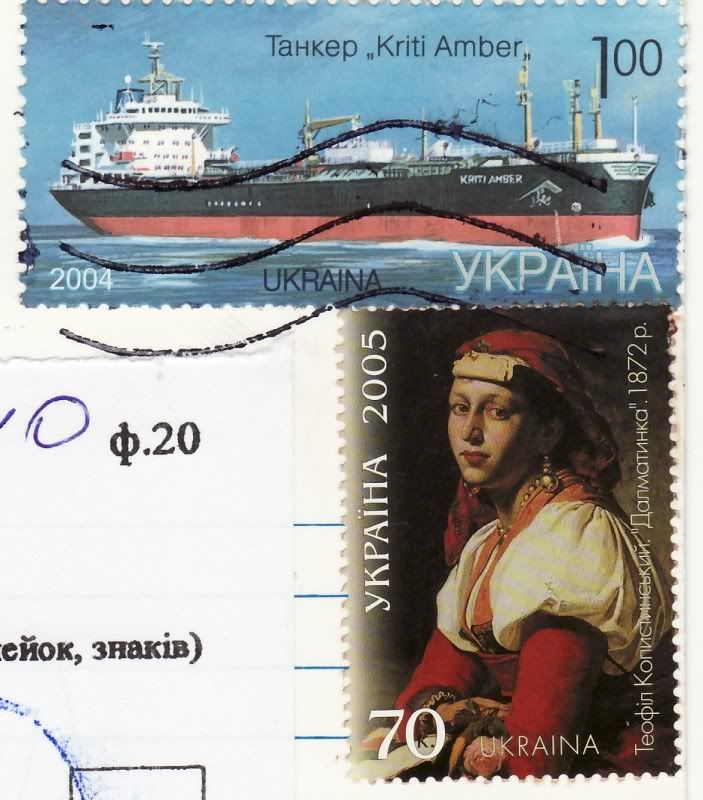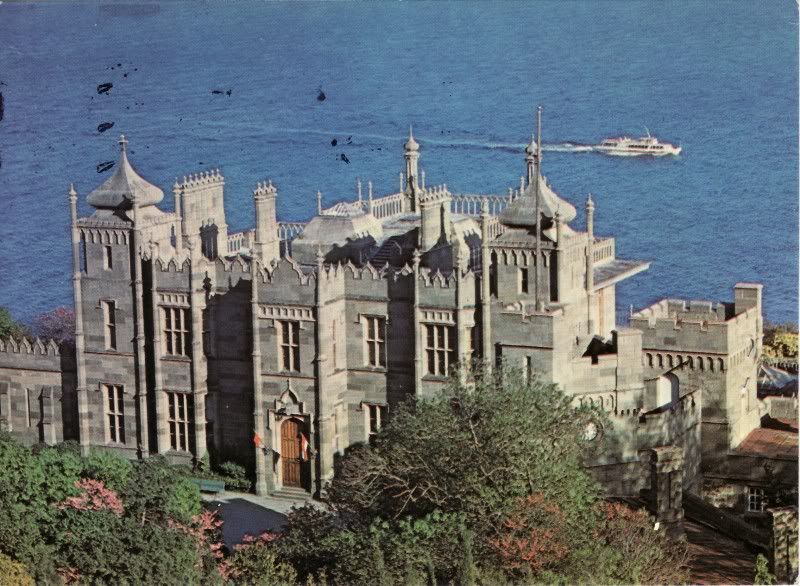The Vorontsovsky Palace is an historic palace located in the town of Alupka, Ukraine. It is situated at the foot of the Crimean Mountains.
The palace was constructed from 1830–1848, to be used as a summer residence of the governor-general of the Novorossiysky Krai, Prince Mikhail Semyonovich Vorontsov. The largest of the landscaping jobs carried out on the palace's grounds were done from 1840 to 1848 with the help of soldiers helping to construct the park's terraces located in front of the building's southern entrance. The parks plant life was brought in from the shores of the Mediterranean Sea, from North and South America, and eastern Asia. Currently over 200 species of plant life exist within the palace's grounds.
For three generations, the Vorontsovsky Palace belonged to the Vorontsov family. After the Soviets came to power after the October Revolution, the palace was transformed into a museum. In 1927, a resort was opened in a wing of the palace, and a polyclinic and rest facility was opened within the palace's technical wing.
 When World War II began in 1941, the museum expositions were evacuated from Alupka in fear of damage from attacking armies. However, other museums in Crimea were not evacuated due to a lack of time.Occupants of the museum had also evacuated many architectural pieces, including some 537 items of art and graphics, 360 pieces of the building's decor, sets of unique furniture, and a series of historic books. After the war, a small collection was recovered and was placed back in the palace.
When World War II began in 1941, the museum expositions were evacuated from Alupka in fear of damage from attacking armies. However, other museums in Crimea were not evacuated due to a lack of time.Occupants of the museum had also evacuated many architectural pieces, including some 537 items of art and graphics, 360 pieces of the building's decor, sets of unique furniture, and a series of historic books. After the war, a small collection was recovered and was placed back in the palace.From February 11–14, 1945, the Yalta Conference took place in the neighbouring Livadia Palace between the United States, the United Kingdom, and the Soviet Union. During the time, the Vorontsovsky Palace served as the residence of Winston Churchill and the British delegation to the conference.
In 1965, the Vorontsovsky Palace was once again reinstated as a museum, on the order of the Soviet government. Two years later, the museum was changed to incorporate architectural and art exhibits, and in 1965, was named the Alupka palace-museum complex.

No comments:
Post a Comment